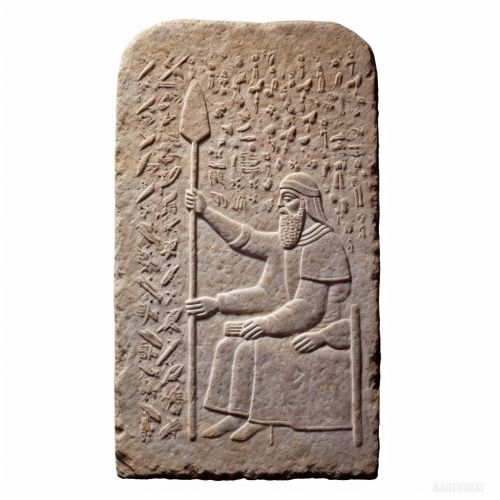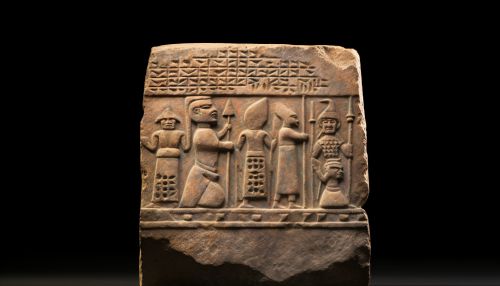Cuneiform law
Origins and Development
Cuneiform law represents some of the earliest known legal systems, emerging from the ancient civilizations of Sumer, Babylon, and Assyria. The first written laws were produced by the Sumerians around 2100-2050 BC. The most famous and complete set of these early laws is the Code of Hammurabi, written by the Babylonian king Hammurabi in about 1754 BC.


Structure and Content of the Laws
Cuneiform law was not legislation in the modern sense, but rather a compilation of legal precedents. It was largely concerned with property rights and commercial transactions, although it also covered criminal law and personal status. The laws were typically formulated as conditional statements, such as "If a man does X, then Y will be his penalty."
Legal Procedures and Institutions
The legal procedures in cuneiform law were quite advanced for their time. Cases were heard by a court composed of a judge and witnesses. The process was adversarial, with the plaintiff and defendant presenting their arguments and evidence. The judge would then make a decision based on the law and the evidence presented.
Influence and Legacy
Cuneiform law had a significant influence on later legal systems, including the Roman and Islamic legal traditions. Its emphasis on written law and legal procedure can be seen in many modern legal systems.
